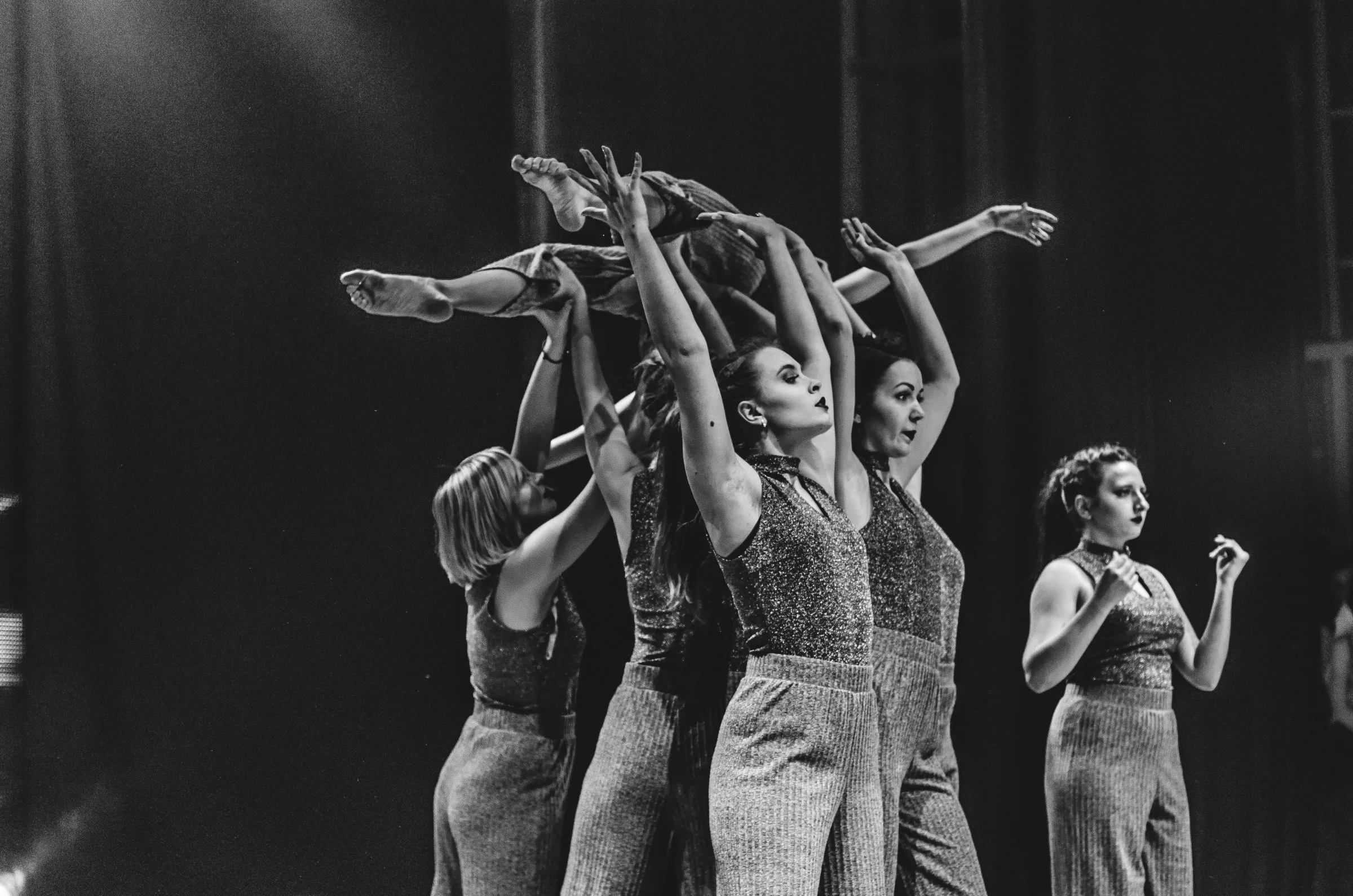Suite 3, Ground Floor, The Gateway,
312 St Kilda Road, Southbank, VIC, 3006
Dance Physiotherapy at Performance Medicine Sydney

What is Dance Physiotherapy?
Dance Physiotherapy is a type of Physiotherapy that involves assessment, treatment, and prevention of dance-related injuries. At Performance Medicine our Dance Physiotherapists have niche training and experience in the performing arts industry and have a deep understanding of the intense physiological demands that dance requires of the human body.
We understand that dance is both an art and a sport and how important it is to have a comprehensive understanding of the extreme physiological demands this has on the body. Education plays a key role when managing a dancer’s body as from a young age, the physical demand, expectations, and high training load are normal. This remains true for professional dancers as they continue to need to balance between show demands and own personal strength and conditioning load.
Performance Medicine Dance Physiotherapy Services include:
- Dancer injury assessment, management and rehabilitation
- Injury Prevention
- Performance Enhancement
- Recovery and Maintenance
- Pre-Pointe Assessment
- Tertiary Dance Assessment
- Dance Screening
- Clinical Conditioning Classes
Why see a Dance Physiotherapist?
Dancers at all stages in their careers can benefit from review with a Dance Physiotherapist. Ideal times include before an audition, transitioning into tertiary education, a change in training load, returning to dance from injury or after a long break. The assessment and treatment provided will vary depending on the dancer’s goals and needs.
Broadly, Dance Physiotherapy identifies areas of dysfunction that can be improved on with dance specific exercises and therefore optimises performance. Assessment will evaluate spinal alignment, posture, core/ pelvic stability, and lower limb strength, turn out, control and flexibility. Furthermore, it allows the dancer to be screened for common dance injuries, providing opportunity for performance enhancement and/or injury prevention rehabilitation programs.
Common Injuries in Dance:
The most common areas for dance injury include the foot and ankle, knee, hip, and lower back. Aesthetically, one example is having the best hip turnout, where it may be tempting to stretch and force the hips to get it there. Factors that affect hip turnout include angle of femoral anteversion, orientation of the acetabulum, shape of the femoral neck, elasticity of iliofemoral or Y ligament and the flexibility and strength of the muscle-tendon unit. Some of these factors we can change, and some we cannot. And that’s ok. You will benefit from working together with an experienced Dance physiotherapist to understand your body and embrace creative solutions that work for you. Your dance physiotherapist can provide specificity in appropriate exercises for strengthening, lengthening and motor control to support the hip joint and recruit the right muscles for movement efficiently without compensating.
Key Message:
Dance Physiotherapy at Performance Medicine tailors to all dancers no matter the level, age, status, or experience. Importantly, your body is your tool, and you only get one! So, take utmost care of it to make certain you are dancing through life for as long as you desire.
If you would like further assistance or discuss your dancers’ needs with one of our expert Physiotherapists please get in touch below or call on 02 8036 7844.

